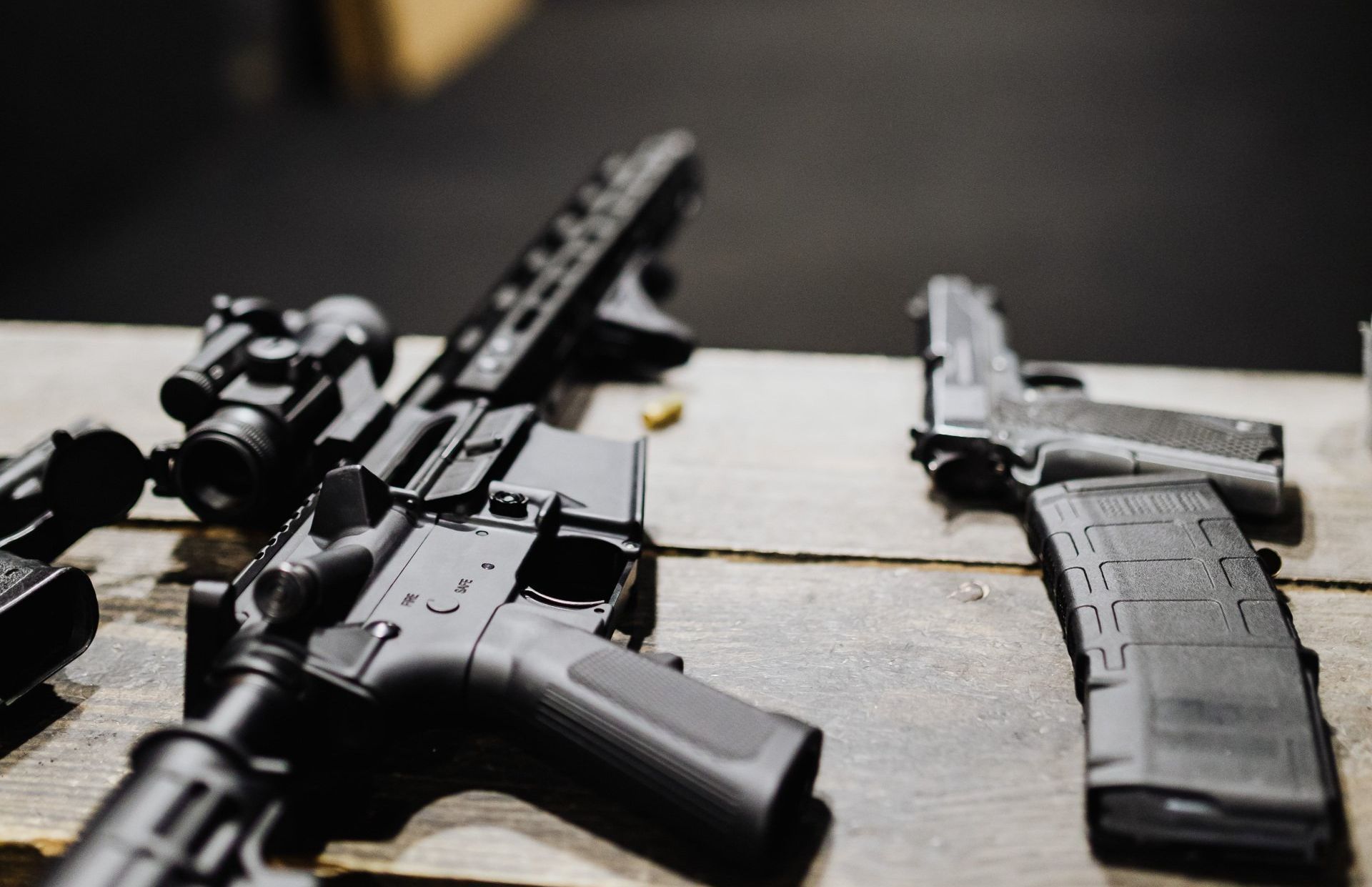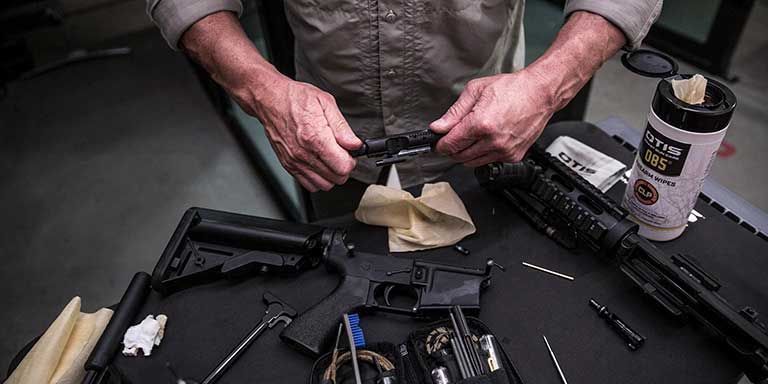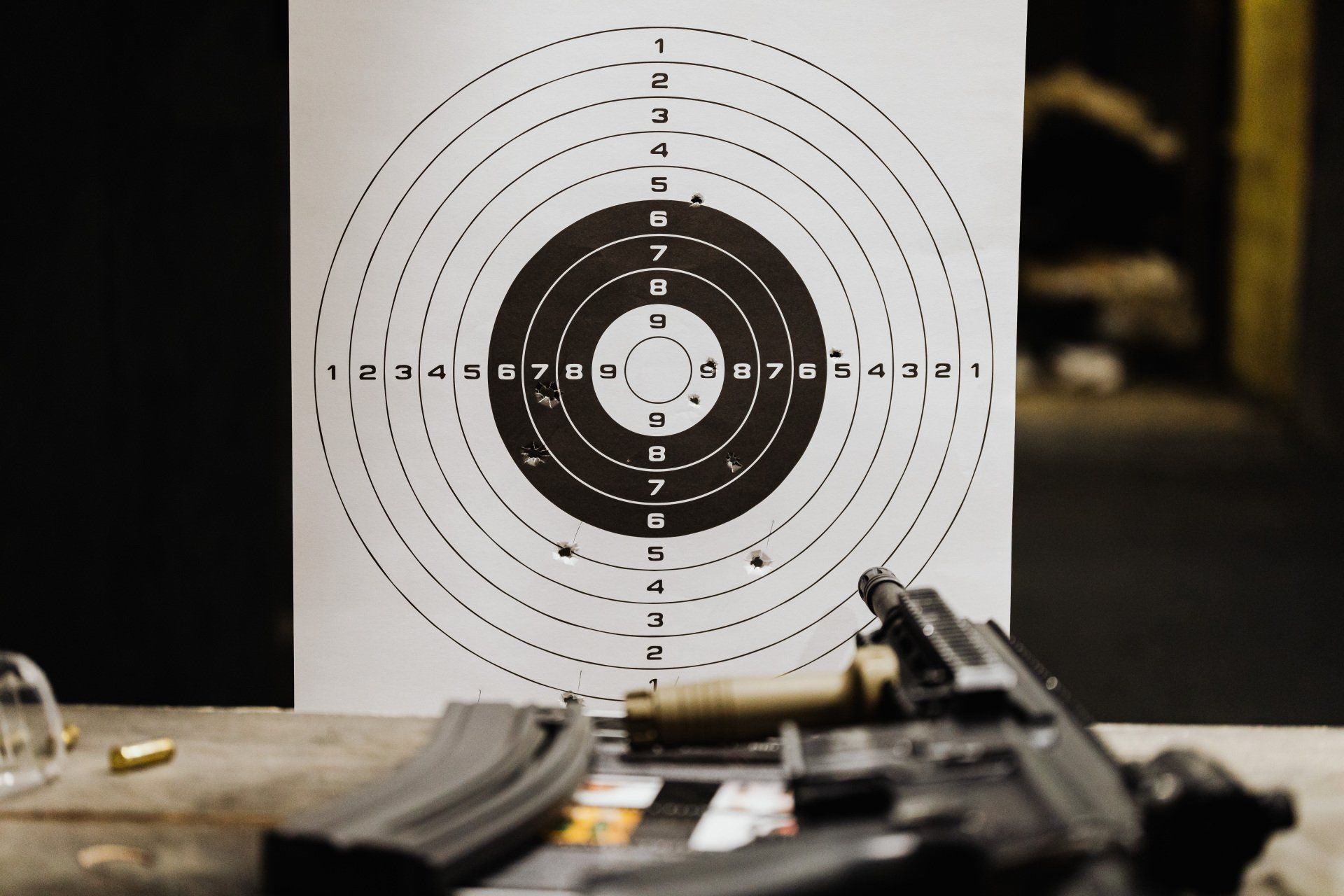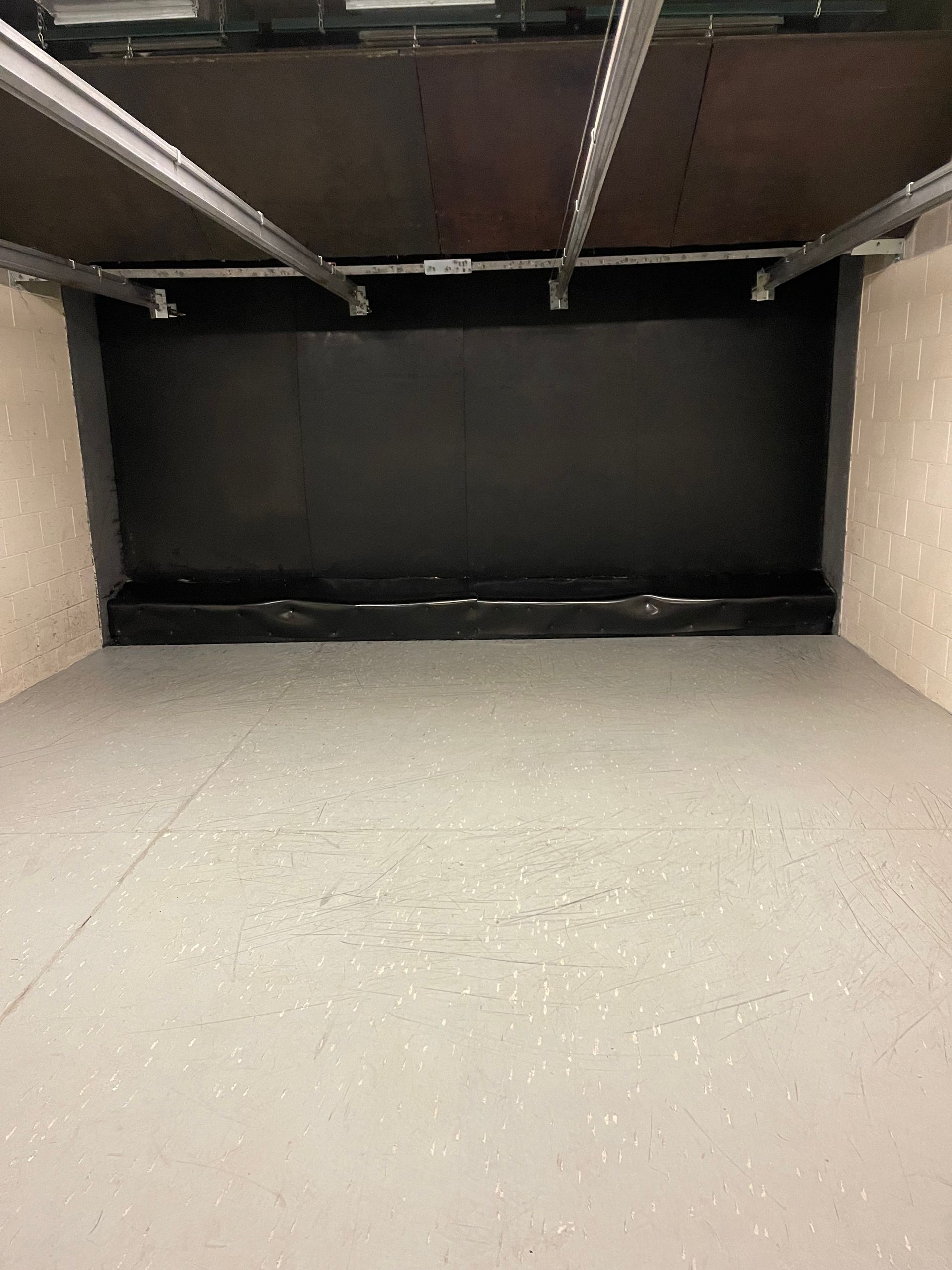How Regular Maintenance Can Save Your Shooting Range Thousands
Introduction
In the Land of 10,000 Lakes, Minnesota stands out not just for its picturesque landscapes but also for its vibrant community of firearm enthusiasts. Shooting ranges play a pivotal role in this, offering a controlled environment for both seasoned marksmen and beginners to hone their skills. But beyond the thrill of target practice or competitive shooting, there's an underlying aspect that's often overlooked but is of paramount importance: regular maintenance. Especially in Minnesota, where the shooting culture is deeply ingrained, understanding the significance of regular upkeep is essential. It not only ensures the longevity of the facility but also guarantees the safety of its patrons.

Importance of Regular Maintenance
Diving deeper into the world of shooting ranges, it's clear that maintenance isn't just about keeping things looking neat. It's a financial safeguard. Let's break down the financial implications of overlooking regular upkeep:
Direct Financial Implications:
- Equipment Wear and Tear: Constant use of shooting equipment without regular checks can lead to malfunctions. Replacing or repairing these can be costly, especially when compared to the minimal expense of routine maintenance.
- Liability Costs: If a patron gets injured due to poor maintenance, the range could face hefty legal fees and compensation payouts. Regular checks help in minimizing such risks and the associated financial burdens.
Indirect Financial Implications:
- Loss of Patronage: A poorly maintained range can deter enthusiasts from returning. Over time, this can lead to a significant drop in revenue.
- Reputation Damage: Word spreads fast. If a range gains a reputation for being unsafe or poorly maintained, it can deter new customers, impacting long-term profitability.
- Increased Long-Term Repair Costs: Addressing minor issues as they arise is cost-effective. Neglecting them can lead to more significant problems in the future, which are often more expensive to fix.
Overview of Shooting Range Maintenance Procedures
Building on the financial implications we just explored, it's clear that a stitch in time saves nine. In the context of shooting ranges, this proverbial stitch is a well-structured maintenance procedure. Let's walk through the standard steps that ensure a range remains in top-notch condition, and in doing so, keeps those costs down:
Step 1: Regular Inspections
Routine checks are the backbone of any maintenance plan. By regularly inspecting the range, potential issues can be identified early on, preventing minor problems from escalating into major, costly repairs.
Step 2: Lead Management and Removal
Shooting ranges accumulate lead from spent bullets. Regularly managing and removing this lead is crucial not only for the health of patrons and staff but also for ensuring the range meets environmental standards, avoiding potential fines.
Step 3: Target System Maintenance
The target system, being a frequently used component, requires consistent checks and adjustments. Ensuring its smooth operation can reduce the need for replacements, translating to long-term savings.
Step 4: Ventilation System Checks
A range's ventilation system ensures that lead particles and gunpowder residues are effectively removed. Regular checks and cleanings ensure it operates efficiently, safeguarding the health of all while reducing the risk of costly system overhauls.
Step 5: Safety Equipment Upkeep
From protective barriers to safety gear, these elements are vital for the safe operation of a range. Regular maintenance ensures they function as intended, reducing the risk of accidents and the financial implications that come with them.
Best Practices for Keeping a Range Safe and Clean
It's evident that two pillars stand tall in the world of shooting ranges: safety and cleanliness. Both are intertwined and when approached with diligence, they can be the difference between a thriving range and one riddled with challenges.
At its core, a shooting range is a place where firearms, powerful tools by design, are used frequently. Ensuring the safety of every patron and staff member is paramount. Adhering to best practices, like regular equipment checks and safety drills, not only minimizes the risk of accidents but also shields the range from potential legal battles and compensation claims. It's a proactive approach, where a small investment in safety measures can save substantial amounts down the line.
Furthermore, a clean shooting range is more than just an aesthetic choice; it's a testament to its operational standards. Regular cleaning prevents the buildup of lead and gunpowder residues, ensuring a healthier environment for all. Moreover, a clean range reduces wear and tear on equipment, decreasing the frequency of replacements and repairs. In essence, cleanliness isn't just about presenting a polished front; it's a strategic move that ensures longevity and cost-effectiveness.
Laws and Regulations Regarding Range Maintenance in MN
1. Definitions (87A.01)
This section provides clear definitions related to shooting ranges, such as what constitutes a shooting range, the different types of shooting ranges, and other related terms.
2. Shooting Range Performance Standards; Best Practices (87A.02)
Minnesota has set specific performance standards and best practices for shooting ranges. These standards ensure that ranges operate safely and efficiently, minimizing potential hazards.
3. Compliant Ranges; Authorized Activities (87A.03)
This section outlines the activities that are authorized at compliant shooting ranges. It ensures that only safe and approved activities take place at these facilities.
4. Mitigation Area (87A.04)
Shooting ranges in Minnesota are required to have a mitigation area. This area is designed to minimize the environmental impact of the range, especially concerning noise and lead pollution.
5. Noise Standards (87A.05)
Minnesota has set specific noise standards for shooting ranges. These standards are in place to ensure that the noise from the range does not disturb nearby residents or wildlife.
6. Nuisance Actions; Compliance with Shooting Range Performance Standards (87A.06)
This section deals with any nuisance actions that might arise due to the operation of a shooting range. It also emphasizes the importance of ranges complying with the set performance standards.
7. Closure of Shooting Ranges (87A.07)
There are specific guidelines and procedures in place for the closure of shooting ranges in Minnesota. This section outlines those procedures.
8. Applicability of Other Laws (87A.08)
While there are specific laws for shooting ranges, this section clarifies that other state and federal laws may also apply to these facilities.
9. Public Shooting Ranges; Accessibility (87A.09)
Minnesota emphasizes the importance of public shooting ranges being accessible to all residents. This section outlines the standards for accessibility.
10. Shooting Sports Facility Grants (87A.10)
The state offers grants for shooting sports facilities. This section provides information on how these grants can be obtained and used.
Financial Penalties for Non-Compliance
While the provided link does not specify the exact financial penalties for non-compliance, it's crucial for shooting range operators to be aware that failing to adhere to these regulations can result in significant fines. It's always recommended for range operators to consult with legal experts or the relevant state department to understand the potential financial implications of non-compliance.
Conclusion
Throughout our discussion, it's evident that regular maintenance of shooting ranges isn't just a matter of safety—it's a strategic financial decision. By adhering to best practices, understanding the legal landscape in Minnesota, and emphasizing both safety and cleanliness, shooting range operators can avoid costly repairs, replacements, and potential legal fees. The dual benefits of safety and cleanliness not only ensure a positive experience for patrons but also translate to long-term cost savings, making regular upkeep an investment with tangible returns.
Navigating this intricate landscape might seem daunting, but you don't have to do it alone. Range Renovation, specializing in shooting range maintenance, is here to guide and support. With our deep-rooted expertise in Minnesota's shooting range maintenance requirements, we're dedicated to ensuring your range remains in top condition. If you ever find yourself pondering the next best step for your range or simply seeking a trusted hand to ensure everything's on track, remember that Range Renovation is just a conversation away. Partner with us, and let's journey together towards excellence.



